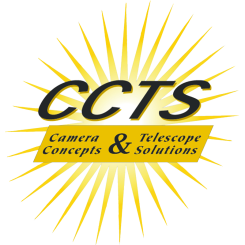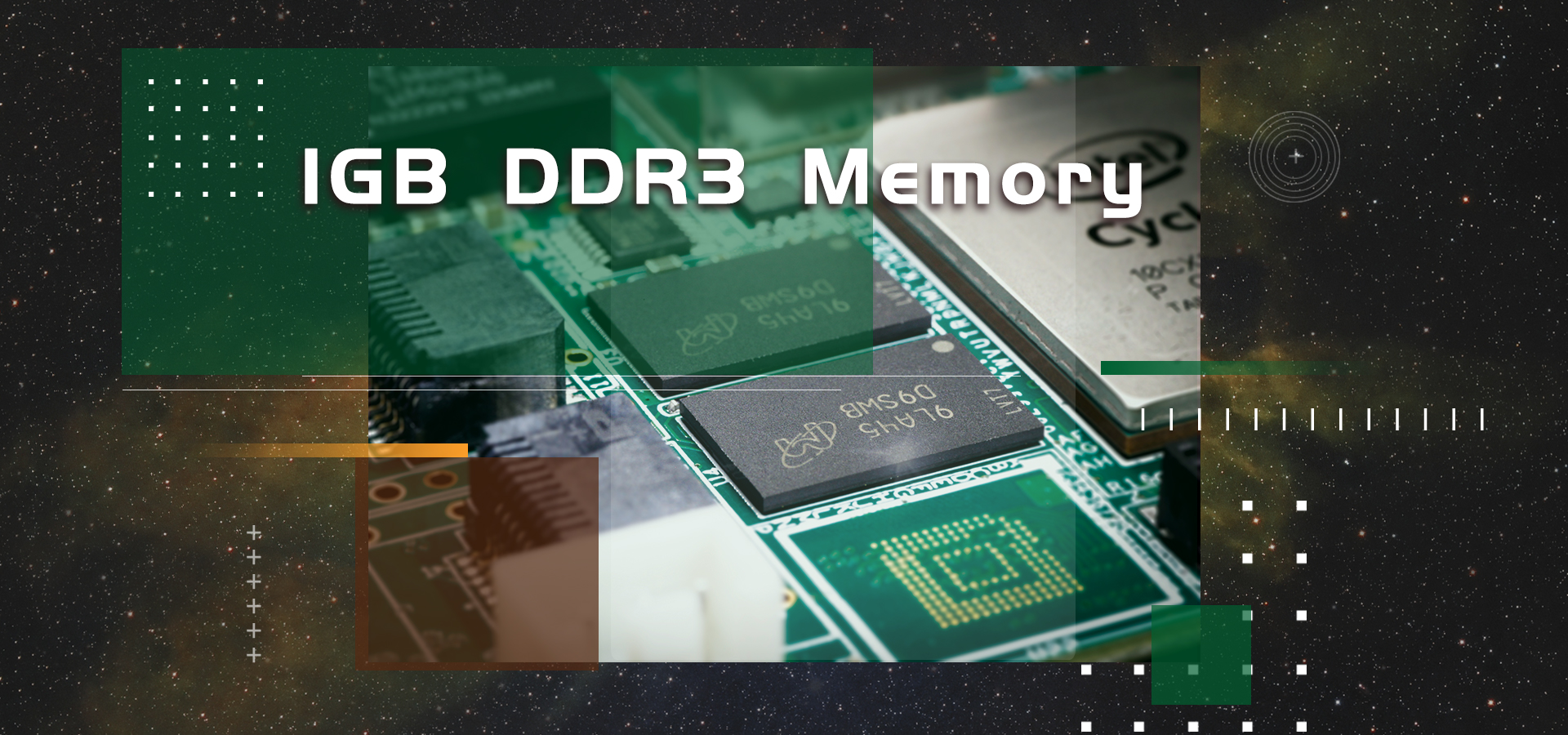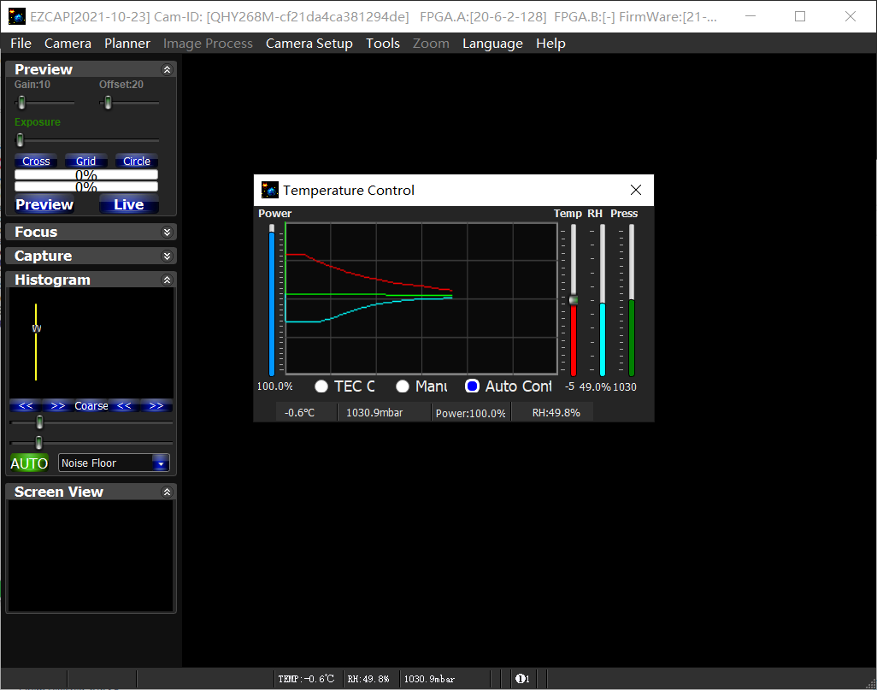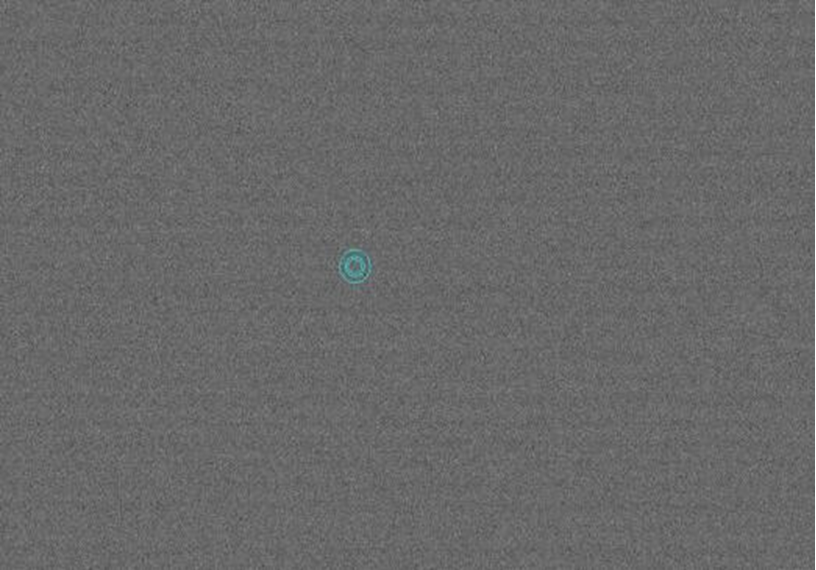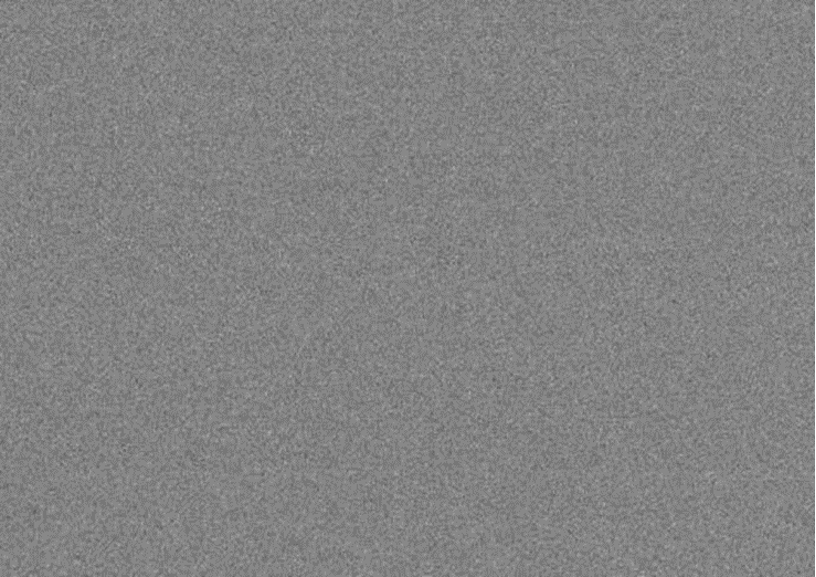QHYCCD QHY268M+CFW3M_US+OAGM
| Availability: | More on the Way to us |
With the advantage of low readout noise and high-speed readout, CMOS technology has revolutionized astronomical imaging. A monochrome, back-illuminated, high-sensitivity, astronomical imaging camera is the ideal choice for astro-imagers.
The QHY268M/C is a new generation
With the advantage of low readout noise and high-speed readout, CMOS technology has revolutionized astronomical imaging. A monochrome, back-illuminated, high-sensitivity, astronomical imaging camera is the ideal choice for astro-imagers.
The QHY268M/C is a new generation of back-illuminated CMOS cameras with true 16-bit A/D and 3.76um pixels. This new Sony sensor is an ideal CMOS sensor exhibiting no amplifer glow. 16-bit A/D gives high resolution sampling of the whole full well range. Digitizing 0-65535 levels yields a smooth image with continuous gradation of greyscale levels. The QHY268M/C is a cooled, back-illuminated, CMOS camera based on the Sony IMX571 sensor with native 16-bit A/D and 3.76um pixels.
1GB DDR3 image buffer
In order to provide smooth uninterrupted data transfer of the entire 26MP sensor at high speed, the QHY268 has 1GB DDR3 image buffer. The pixel count of the latest generation of CMOS sensors is very high resulting in greater memory requirements for temporary and permanent storage. The QHY268 has adopted a large-capacity memory of up to 1GB. Data throughput is doubled. This large image buffer meets the needs of high-speed image acquisition and transmission of the new generation of CMOS, making shooting of multiple frames smoother and less stuttered, further reducing the pressure on the computer CPU.
Extended Full Well Capacity and Multiple Read Modes
With a pixel size of 3.76um, these sensors already have an impressive full well capacity of 51ke. Nevertheless, QHYCCD has implemented a unique approach to achieve a full well capacity higher than 51ke- through innovative user controllable read mode settings. In extended full well readout mode, the QHY268 can achieve nearly 75ke-. Greater full-well capacity provides greater dynamic range and large variations in magnitude of brightness are less likely to saturate.
QHY268M has a unique internal humidity sensor (while QHY268C doesn’t). The Blue curve shown below represents humidity.
 Native 16 bit A/D: The new Sony sensor has native 16-bit A/D on-chip. The output is real 16-bits with 65536 levels. Compared to 12-bit and 14-bit A/D, a 16-bit A/D yields higher sample resolution and the system gain will be less than 1e-/ADU with no sample error noise and very low read noise.
Native 16 bit A/D: The new Sony sensor has native 16-bit A/D on-chip. The output is real 16-bits with 65536 levels. Compared to 12-bit and 14-bit A/D, a 16-bit A/D yields higher sample resolution and the system gain will be less than 1e-/ADU with no sample error noise and very low read noise.
 BSI: One benefit of the back-illuminated CMOS structure is improved full well capacity. This is particularly helpful for sensors with small pixels. In a typical front-illuminated sensor, photons from the target entering the photosensitive layer of the sensor must first pass through the metal wiring that is embedded just above the photosensitive layer. The wiring structure reflects some of the photons and reduces the efficiency of the sensor. In the back- illuminated sensor the light is allowed to enter the photosensitive surface from the reverse side. In this case the sensor’s embedded wiring structure is below the photosensitive layer. As a result, more incoming photons strike the photosensitive layer and more electrons are generated and captured in the pixel well. This ratio of photon to electron production is called quantum efficiency. The higher the quantum efficiency the more efficient the sensor is at converting photons to electrons and hence the more sensitive the sensor is to capturing an image of something dim.
BSI: One benefit of the back-illuminated CMOS structure is improved full well capacity. This is particularly helpful for sensors with small pixels. In a typical front-illuminated sensor, photons from the target entering the photosensitive layer of the sensor must first pass through the metal wiring that is embedded just above the photosensitive layer. The wiring structure reflects some of the photons and reduces the efficiency of the sensor. In the back- illuminated sensor the light is allowed to enter the photosensitive surface from the reverse side. In this case the sensor’s embedded wiring structure is below the photosensitive layer. As a result, more incoming photons strike the photosensitive layer and more electrons are generated and captured in the pixel well. This ratio of photon to electron production is called quantum efficiency. The higher the quantum efficiency the more efficient the sensor is at converting photons to electrons and hence the more sensitive the sensor is to capturing an image of something dim.
 Zero Amplify Glow: This is also a zero amplifer glow camera.
Zero Amplify Glow: This is also a zero amplifer glow camera.
 TRUE RAW Data: In the DSLR implementation there is a RAW image output, but typically it is not completely RAW. Some evidence of noise reduction and hot pixel removal is still visible on close inspection. This can have a negative effect on the image for astronomy such as the “star eater” effect. However, QHY Cameras offer TRUE RAW IMAGE OUTPUT and produces an image comprised of the original signal only, thereby maintaining the maximum flexibility for post-acquisition astronomical image processing programs and other scientific imaging applications.
TRUE RAW Data: In the DSLR implementation there is a RAW image output, but typically it is not completely RAW. Some evidence of noise reduction and hot pixel removal is still visible on close inspection. This can have a negative effect on the image for astronomy such as the “star eater” effect. However, QHY Cameras offer TRUE RAW IMAGE OUTPUT and produces an image comprised of the original signal only, thereby maintaining the maximum flexibility for post-acquisition astronomical image processing programs and other scientific imaging applications.
 Anti-Dew Technology: Based on almost 20-year cooled camera design experience, The QHY cooled camera has implemented the fully dew control solutions. The optic window has built-in dew heater and the chamber is protected from internal humidity condensation. An electric heating board for the chamber window can prevent the formation of dew and the sensor itself is kept dry with our silicon gel tube socket design for control of humidity within the sensor chamber.
Anti-Dew Technology: Based on almost 20-year cooled camera design experience, The QHY cooled camera has implemented the fully dew control solutions. The optic window has built-in dew heater and the chamber is protected from internal humidity condensation. An electric heating board for the chamber window can prevent the formation of dew and the sensor itself is kept dry with our silicon gel tube socket design for control of humidity within the sensor chamber.
 Cooling: In addition to dual stage TE cooling, QHYCCD implements proprietary technology in hardware to control the dark current noise.
Cooling: In addition to dual stage TE cooling, QHYCCD implements proprietary technology in hardware to control the dark current noise.
The camera is designed to use the +12V to reboot the camera without disconnecting and reconnecting the USB interface. This means that you can reboot the camera simply by shutting down the +12V and then powering it back on. This feature is very handy for remote controlling the camera in an observatory. You can use a remotely controlled power supply to reboot the camera. There is no need to consider how to reconnect the USB in the case of remote control.
You may find some types of thermal noise can change with time in some back-illuminated CMOS cameras. This thermal noises has the characteristic of the fixed position of typical thermal noise, but the value is not related to the exposure time. Instead, each frame appears to have its own characteristics. The QHY600/268/461/411 use an innovative suppression technology that can significantly reduce the apparent level of such noise.
It is common behavior for a CMOS sensor to contain some horizontal banding. Normally, random horizontal banding can be removed with multiple frame stacking so it does not affect the final image. However, periodic horizontal banding is not removed with stacking so it may appear in the final image. By adjust the USB traffic in Single Frame mode or Live Frame mode, you can adjust the frequency of the CMOS sensor driver and it can optimize the horizontal banding appeared on the image. This optimized is very effective to remove the periodic banding in some conditions.
A typical Periodic Horizontal Noise under certain USB_TRAFFIC values.
After Adjusting the USB Traffic to avoid the periodic horizontal noise.
 If you have certain needs for the frame rate of the device, such as meteor monitoring, etc., you can make selective updates.
If you have certain needs for the frame rate of the device, such as meteor monitoring, etc., you can make selective updates.
Since most of the software that provides continuous mode (i.e. video output), such as SharpCap, only supports 8-bit or 16-bit mode, you need to select 8-bit mode output to achieve frame rate improvement in 12-bit High-Speed Mode.
Data comparison (USB3.0 at full resolution):
Before upgrade: 8-bit, 6.8fps
After upgrade: 8-bit, (12-bit out), 14.5fps max.
The implementation of this function requires updating the firmware, driver, and corresponding software SDKs at the same time.
To update the driver and software SDK, download the Allinone package (BETA) 20220817 or newer, and check the system driver and the required SDK to update them.
Click the link to download the Allinone(BETA)20220817: https://www.qhyccd.com/file/repository/publish/AllInOne/220817/QHYCCD_Win_AllInOne.22.08.17.00.exe
Firmware update: You need to download firmware update package 20220824 or newer. If you have previously kept an older version of the firmware upgrade tool locally, please discard it. The zip package contains the firmware upgrade tool, the new version of QHY268 firmware, and firmware upgrade instructions. Please read the upgrade instructions in the firmware installation package carefully. If you encounter any problems during the upgrade, please contact QHYCCD.
Click the link to download the firmware upgrade tool: https://www.qhyccd.com/file/repository/publish/firmware_update/220818/QHYCCD_firmware_upgrade.zip
Firmware Upgrade Instructions: https://www.qhyccd.com/qhy268-firmware-upgrade-instructions/
 https://www.youtube.com/watch?v=Tp_sbKfOnbs
https://www.youtube.com/watch?v=Tp_sbKfOnbs
 https://www.youtube.com/watch?v=V-9dFr0cBfc&t=703s
https://www.youtube.com/watch?v=V-9dFr0cBfc&t=703s
 https://youtu.be/AShHDwFgvoI
https://youtu.be/AShHDwFgvoI
 https://youtu.be/R_OzxIFd698
https://youtu.be/R_OzxIFd698
【User interview】The First Interview of QHY268M Users
【User Interview】Aaron Dalton, an astrophotographer from Alaska
【User Interview】Nico Carver’s Astrophotography Story
| Model | QHY268M | QHY268C |
| CMOS Sensor | SONY IMX571 M | SONY IMX571 C |
| Mono/Color | Mono | Color |
| FSI/BSI | BSI | |
| Pixel Size | 3.76um x 3.76um | |
| Effective Pixel Area | 6280*4210 (includes the optically black area and overscan area) | |
| Effective Pixels | 26MP | |
| Sensor Size | APS-C | |
| A/D Sample Depth
|
Native 16-bit (0-65535 greyscale) A/D | |
| Full Well Capacity (1×1, 2×2, 3×3) | 51ke- 75ke- or above in extended full well mode |
|
| Full Frame Rate | USB3.0 Port: Full Resolution 6.8FPS @8BIT 6FPS @16BIT 2048lines 13.6FPS @8BIT 11.5FPS@16BIT 1080lines 25.4FPS @8BIT 19.5FPS@16BIT 768lines 35FPS @8BIT 25FPS@16BIT 480lines 50FPS @8BIT 34FPS@16BIT |
|
| Readout Noise | 1.1e- High Gain,
3.5e- Low Gain (5.3e- to 7.4e- in extended full well mode) |
|
| Dark Current | -20C,0.0005e /pixel/sec
-10C,0.001e /pixel/sec |
|
| Exposure Time Range | 30us-3600sec | |
| Unity Gain* | 0(PH Mode)
30(Extended Full Well Mode)
*With the improvement of the CMOS technology, the 16bit CMOS camera has been released, like QHY600/268/411/461. For these cameras, even in lowest gain it has beyond the requirement of unit gain (less than 1e/ADU due to sufficient samples) So you can directly set gain0 as start. Please note QHY600/268C/411/461 has extend full well mode. In this mode you still need to find out the unit gain position.
|
|
| Amp Control | Zero Amplifer Glow | |
| Firmware/FPGA remote Upgrade | Fully support via Camera USB port | |
| Shutter Type | Electronic Shutter | |
| Computer Interface | USB3.0 | |
| Built-in Image Buffer | 1GByte DDR3 Memory | |
| Cooling System | Two-stage TEC cooler
Less than 1S lower than ambient temperature -30C in continuous mode More than 1S continuous mode or lower than ambient temperature -35C in single frame mode (Test temperature +20°) |
|
| Optic Window Type | AR+AR High Quality Multi-Layer Anti-Reflection Coating | |
| Anti-Dew Heater | Yes | |
| Humidity Sensor* | Yes | No |
| Telescope Interface | Support M54 and M48 (with standard adapters ) | Support M54 and M48 (with standard adapters ) |
| Back Focal Length | QHY268M: 12.5mm If used with the QHY filter wheel, the actual calculated intercept is 12.5mm.The actual BFL (the intercept from the CMOS chip to the top of the camera) is 14.5mm. Since most uses will match CFW with monochrome cams, please take 12.5mm as major reference. Check the mechanical drawing below for details. Note 14.5mm rear intercept does not include adapter thread, which must be used with adapters of various sizes through the top 6 screw holes. |
QHY268C: 14.5mm*
*From 2023, the top part of QHY268C will change to the shorter one just like that of 268M. |
| Weigth | 855g | 780g |
Multiple Readout Modes is a new function for newer QHY Cameras. Different readout modes have different driver timing, etc., and result in different performance. The QHY268 currently has four readout modes, and more modes will be added in the future. These readout modes are currently supported in the QHY ASCOM Camera Driver, SharpCAP software and the N.I.N.A software.
Readout Mode #0 (Photographic Mode). In this mode there is a drop in the noise between Gain 25 and Gain 26. We recommend setting the Gain to 26 to begin. At this setting the full well is 27ke- and readout noise is 2.7e-. For every long exposures you can lower the gain from this point to increase the full well capacity.
Readout Mode #1 (High Gain Mode). Please note there is a HGC/LGC switch point at gain55 to gain56. Gain0-55 uses LGC and Gain55-100 uses HGC.
Readout Mode #2 (Extended Full Well Mode).
Now QHY268 adds #3 mode Extend Full Well 2CMSIT (yellow curve). The advantage of this mode is that it has the same full well value and system gain as the #2 mode Extend Fullwell, but the read noise is reduced by about 1.3 times.
This function needs to be used with 2020.6.26 or newer SDK. If your software cannot display this mode, please download the QHYAllInOne installation package to update the SDK in the software.
of back-illuminated CMOS cameras with true 16-bit A/D and 3.76um pixels. This new Sony sensor is an ideal CMOS sensor exhibiting no amplifer glow. 16-bit A/D gives high resolution sampling of the whole full well range. Digitizing 0-65535 levels yields a smooth image with continuous gradation of greyscale levels. The QHY268M/C is a cooled, back-illuminated, CMOS camera based on the Sony IMX571 sensor with native 16-bit A/D and 3.76um pixels.
1GB DDR3 image buffer
In order to provide smooth uninterrupted data transfer of the entire 26MP sensor at high speed, the QHY268 has 1GB DDR3 image buffer. The pixel count of the latest generation of CMOS sensors is very high resulting in greater memory requirements for temporary and permanent storage. The QHY268 has adopted a large-capacity memory of up to 1GB. Data throughput is doubled. This large image buffer meets the needs of high-speed image acquisition and transmission of the new generation of CMOS, making shooting of multiple frames smoother and less stuttered, further reducing the pressure on the computer CPU.
Extended Full Well Capacity and Multiple Read Modes
With a pixel size of 3.76um, these sensors already have an impressive full well capacity of 51ke. Nevertheless, QHYCCD has implemented a unique approach to achieve a full well capacity higher than 51ke- through innovative user controllable read mode settings. In extended full well readout mode, the QHY268 can achieve nearly 75ke-. Greater full-well capacity provides greater dynamic range and large variations in magnitude of brightness are less likely to saturate.
QHY268M has a unique internal humidity sensor (while QHY268C doesn’t). The Blue curve shown below represents humidity.
 Native 16 bit A/D: The new Sony sensor has native 16-bit A/D on-chip. The output is real 16-bits with 65536 levels. Compared to 12-bit and 14-bit A/D, a 16-bit A/D yields higher sample resolution and the system gain will be less than 1e-/ADU with no sample error noise and very low read noise.
Native 16 bit A/D: The new Sony sensor has native 16-bit A/D on-chip. The output is real 16-bits with 65536 levels. Compared to 12-bit and 14-bit A/D, a 16-bit A/D yields higher sample resolution and the system gain will be less than 1e-/ADU with no sample error noise and very low read noise.
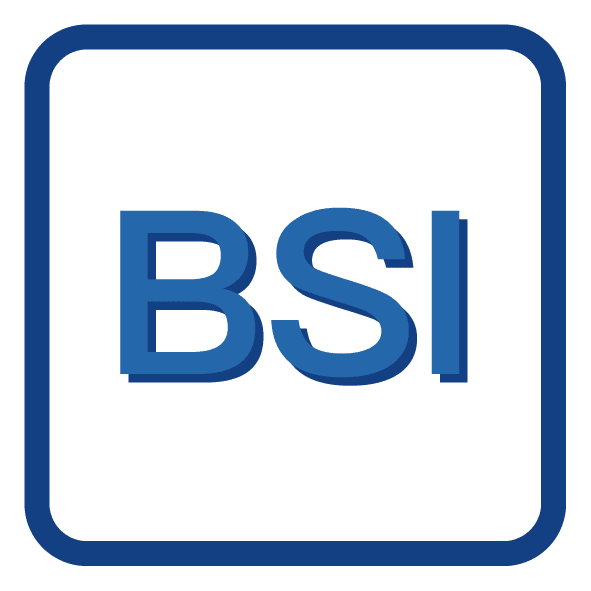 BSI: One benefit of the back-illuminated CMOS structure is improved full well capacity. This is particularly helpful for sensors with small pixels. In a typical front-illuminated sensor, photons from the target entering the photosensitive layer of the sensor must first pass through the metal wiring that is embedded just above the photosensitive layer. The wiring structure reflects some of the photons and reduces the efficiency of the sensor. In the back- illuminated sensor the light is allowed to enter the photosensitive surface from the reverse side. In this case the sensor’s embedded wiring structure is below the photosensitive layer. As a result, more incoming photons strike the photosensitive layer and more electrons are generated and captured in the pixel well. This ratio of photon to electron production is called quantum efficiency. The higher the quantum efficiency the more efficient the sensor is at converting photons to electrons and hence the more sensitive the sensor is to capturing an image of something dim.
BSI: One benefit of the back-illuminated CMOS structure is improved full well capacity. This is particularly helpful for sensors with small pixels. In a typical front-illuminated sensor, photons from the target entering the photosensitive layer of the sensor must first pass through the metal wiring that is embedded just above the photosensitive layer. The wiring structure reflects some of the photons and reduces the efficiency of the sensor. In the back- illuminated sensor the light is allowed to enter the photosensitive surface from the reverse side. In this case the sensor’s embedded wiring structure is below the photosensitive layer. As a result, more incoming photons strike the photosensitive layer and more electrons are generated and captured in the pixel well. This ratio of photon to electron production is called quantum efficiency. The higher the quantum efficiency the more efficient the sensor is at converting photons to electrons and hence the more sensitive the sensor is to capturing an image of something dim.
 Zero Amplify Glow: This is also a zero amplifer glow camera.
Zero Amplify Glow: This is also a zero amplifer glow camera.
 TRUE RAW Data: In the DSLR implementation there is a RAW image output, but typically it is not completely RAW. Some evidence of noise reduction and hot pixel removal is still visible on close inspection. This can have a negative effect on the image for astronomy such as the “star eater” effect. However, QHY Cameras offer TRUE RAW IMAGE OUTPUT and produces an image comprised of the original signal only, thereby maintaining the maximum flexibility for post-acquisition astronomical image processing programs and other scientific imaging applications.
TRUE RAW Data: In the DSLR implementation there is a RAW image output, but typically it is not completely RAW. Some evidence of noise reduction and hot pixel removal is still visible on close inspection. This can have a negative effect on the image for astronomy such as the “star eater” effect. However, QHY Cameras offer TRUE RAW IMAGE OUTPUT and produces an image comprised of the original signal only, thereby maintaining the maximum flexibility for post-acquisition astronomical image processing programs and other scientific imaging applications.
 Anti-Dew Technology: Based on almost 20-year cooled camera design experience, The QHY cooled camera has implemented the fully dew control solutions. The optic window has built-in dew heater and the chamber is protected from internal humidity condensation. An electric heating board for the chamber window can prevent the formation of dew and the sensor itself is kept dry with our silicon gel tube socket design for control of humidity within the sensor chamber.
Anti-Dew Technology: Based on almost 20-year cooled camera design experience, The QHY cooled camera has implemented the fully dew control solutions. The optic window has built-in dew heater and the chamber is protected from internal humidity condensation. An electric heating board for the chamber window can prevent the formation of dew and the sensor itself is kept dry with our silicon gel tube socket design for control of humidity within the sensor chamber.
 Cooling: In addition to dual stage TE cooling, QHYCCD implements proprietary technology in hardware to control the dark current noise.
Cooling: In addition to dual stage TE cooling, QHYCCD implements proprietary technology in hardware to control the dark current noise.
The camera is designed to use the +12V to reboot the camera without disconnecting and reconnecting the USB interface. This means that you can reboot the camera simply by shutting down the +12V and then powering it back on. This feature is very handy for remote controlling the camera in an observatory. You can use a remotely controlled power supply to reboot the camera. There is no need to consider how to reconnect the USB in the case of remote control.
You may find some types of thermal noise can change with time in some back-illuminated CMOS cameras. This thermal noises has the characteristic of the fixed position of typical thermal noise, but the value is not related to the exposure time. Instead, each frame appears to have its own characteristics. The QHY600/268/461/411 use an innovative suppression technology that can significantly reduce the apparent level of such noise.
It is common behavior for a CMOS sensor to contain some horizontal banding. Normally, random horizontal banding can be removed with multiple frame stacking so it does not affect the final image. However, periodic horizontal banding is not removed with stacking so it may appear in the final image. By adjust the USB traffic in Single Frame mode or Live Frame mode, you can adjust the frequency of the CMOS sensor driver and it can optimize the horizontal banding appeared on the image. This optimized is very effective to remove the periodic banding in some conditions.
A typical Periodic Horizontal Noise under certain USB_TRAFFIC values.
After Adjusting the USB Traffic to avoid the periodic horizontal noise.
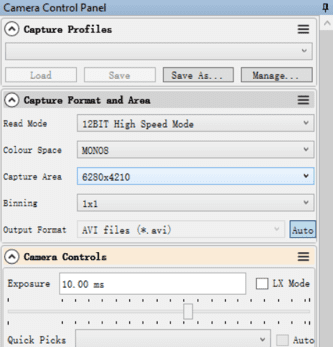 If you have certain needs for the frame rate of the device, such as meteor monitoring, etc., you can make selective updates.
If you have certain needs for the frame rate of the device, such as meteor monitoring, etc., you can make selective updates.
Since most of the software that provides continuous mode (i.e. video output), such as SharpCap, only supports 8-bit or 16-bit mode, you need to select 8-bit mode output to achieve frame rate improvement in 12-bit High-Speed Mode.
Data comparison (USB3.0 at full resolution):
Before upgrade: 8-bit, 6.8fps
After upgrade: 8-bit, (12-bit out), 14.5fps max.
The implementation of this function requires updating the firmware, driver, and corresponding software SDKs at the same time.
To update the driver and software SDK, download the Allinone package (BETA) 20220817 or newer, and check the system driver and the required SDK to update them.
Click the link to download the Allinone(BETA)20220817: https://www.qhyccd.com/file/repository/publish/AllInOne/220817/QHYCCD_Win_AllInOne.22.08.17.00.exe
Firmware update: You need to download firmware update package 20220824 or newer. If you have previously kept an older version of the firmware upgrade tool locally, please discard it. The zip package contains the firmware upgrade tool, the new version of QHY268 firmware, and firmware upgrade instructions. Please read the upgrade instructions in the firmware installation package carefully. If you encounter any problems during the upgrade, please contact QHYCCD.
Click the link to download the firmware upgrade tool: https://www.qhyccd.com/file/repository/publish/firmware_update/220818/QHYCCD_firmware_upgrade.zip
Firmware Upgrade Instructions: https://www.qhyccd.com/qhy268-firmware-upgrade-instructions/
